I love Bethesda Game Studios games, I really do. I also love getting lost in their worlds – no matter whether they’re The Elder Scrolls or Fallout – because of how genuinely alive and variable they feel. Todd Howard and company have been perfecting their signature open-world formula for decades now, yet I always felt they struggled with making cities feel like… cities. Starfield changes that.
The marketing campaign for Bethesda’s latest, albeit extensive, didn’t truly capture the scale of each major location in the game, as it focused instead on the larger picture and all the intricate systems that add up to create what might be the studio’s magnum opus. Despite all the brand-new tech talk and how ambitious the overall project felt, many of us BGS diehards were wondering about whether they had finally nailed the main cities and towns, especially given the more “grounded” universe that Starfield aimed to sell.
Mind you, I never thought BGS struggled to create believable villages and minor towns. Their attention to detail has been exceptional since the massive tech jump that was the third Elder Scrolls game, Morrowind, back in the day. Oblivion later took things even further with more lifelike NPCs (as funny as they always were), and, well, you know the rest: the modern Fallout installments and Skyrim each took the core formula (and how players could freely interact with almost everything) a step further. However, big cities that were supposed to be the heart of entire regions remained an undercooked bit of their otherwise impressive game worlds.
A really cool thing about Bethesda’s RPGs is that the devs always tried to fill the world with as many unique NPCs as possible over pushing larger crowds made up of no-name characters. There were exceptions to this rule, of course, the most popular of which are city guards and bandits/evildoers, but in the long run, this self-imposed limitation ended up hurting the final presentation of otherwise pretty convincing centers of population. As the level design advanced and players could explore more and more corners of every major location, the cities began to feel oddly quiet.
As remarkable as Skyrim was and still is, the fifth mainline Elder Scrolls entry probably represents the breaking point of that illusion, with the game asking you to believe that Solitude, Whiterun, or Windhelm are the most densely populated areas of the region. I could navigate them with my eyes closed, and I remember most of the unique NPCs living within their walls, but I struggle to describe any of them as cities. In fact, I strongly suspect the guard-to-citizen ratio is pretty messed up.
The Fallout games kind of got away with this because of their setting: a nuclear post-apocalypse. It’s okay if cities aren’t cities anymore. The problem still became apparent the moment chaos ensued though; everyone you could see running for cover or trying to face the aggressor was always the same (plus the security forces, of course). Whenever the NPCs left their posts and usual routes, whole towns became empty-ish.
Fast-forward to 2023 and Starfield, a game still running on a heavily modified version of the Skyrim’s Creation Engine, finally fixes this long-standing, immersion-breaking issue with Bethesda’s massive worlds. The streets of New Atlantis, Akila City, and Neon are alive. It’s no longer an elaborate play on an expensive stage. Hundreds of nameless NPCs surround every person (or robot) worth talking to and working with. Moreover, there’s a “crowd density” slider in the Display options menu. It’s glorious.
I found that (at least from my POV) this expansion of what Bethesda Game Studios’ cities can actually be – something as dense as CDPR’s Night City but more interactive – mirrors what Starfield as a whole represents: the show is no longer only what the devs personally intended to happen, but a wider system of variables the game should be able to manage on its own. Their tricks were good, but players can’t be surprised nor fooled that easily anymore.
Adding “GTA crowds” to open locations might not seem that big of a deal this late into the history of open-world games, but I’ve yet to see and experience Bethesda’s im-sim levels of up-close interactivity elsewhere, so the studio finally going both ridiculously detailed and busier with their “hubs” is nothing short of impressive. Neon is smaller than a single district of Cyberpunk 2077’s Night City (or at least that’s what it feels like), but it’s just as busy without sacrificing the distinctive player-environment relationship we’ve come to expect from BGS behemoths.
A mid-game set piece of sorts in New Atlantis highlights the main point I’m trying to get across: the (mostly scripted) chaos and destruction that upsets the peace of the United Colonies capital has a scale and credibility to it because we’ve experienced it before chock-full of citizens minding their own business. It works because it has what Skyrim’s “Battle for Whiterun” lacked: a preceding importance that we can see and interact with.

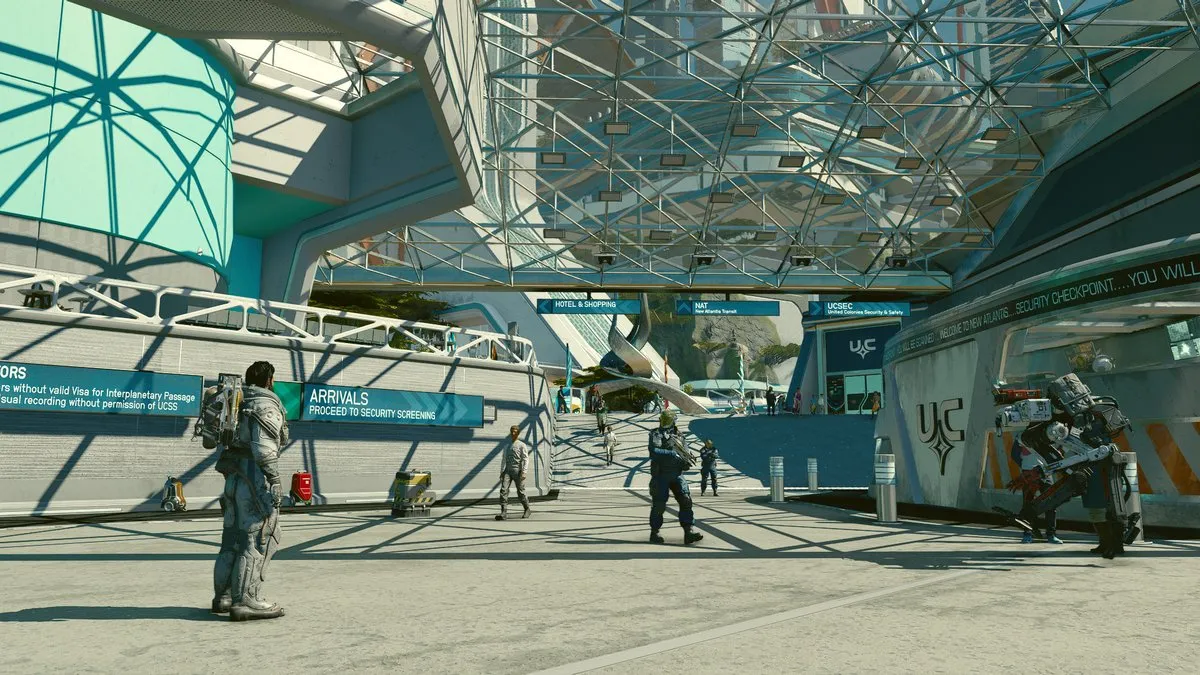
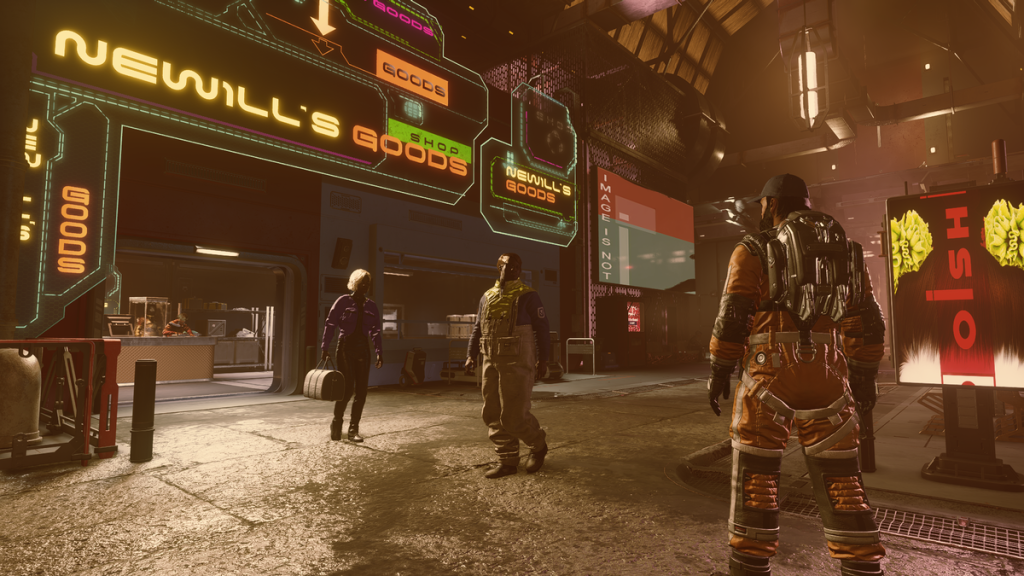
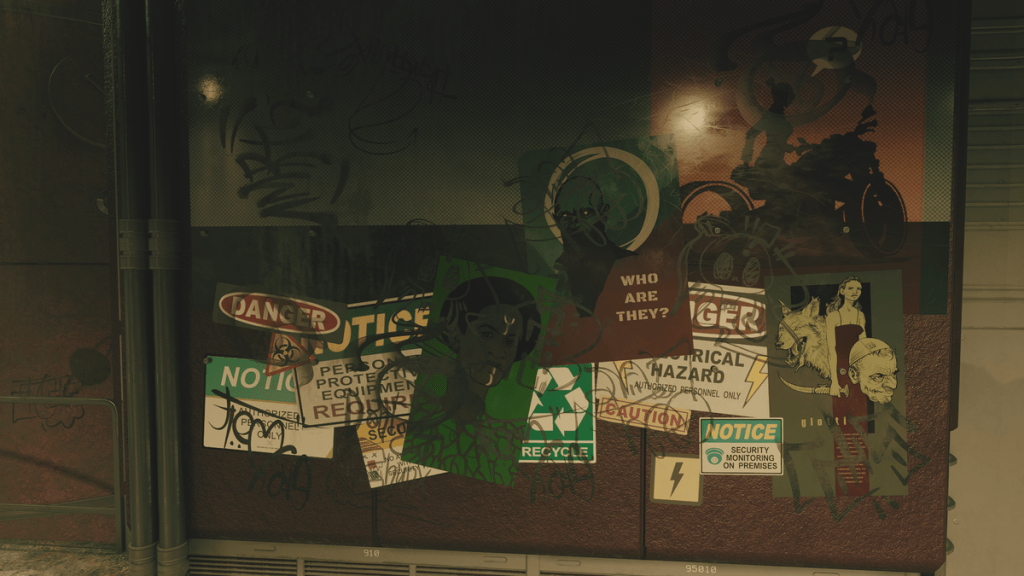
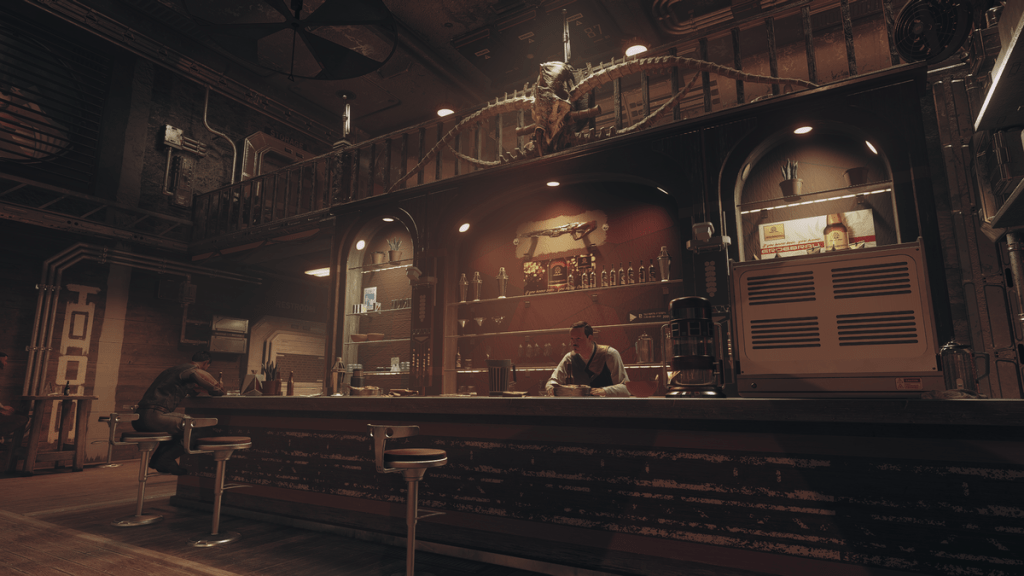
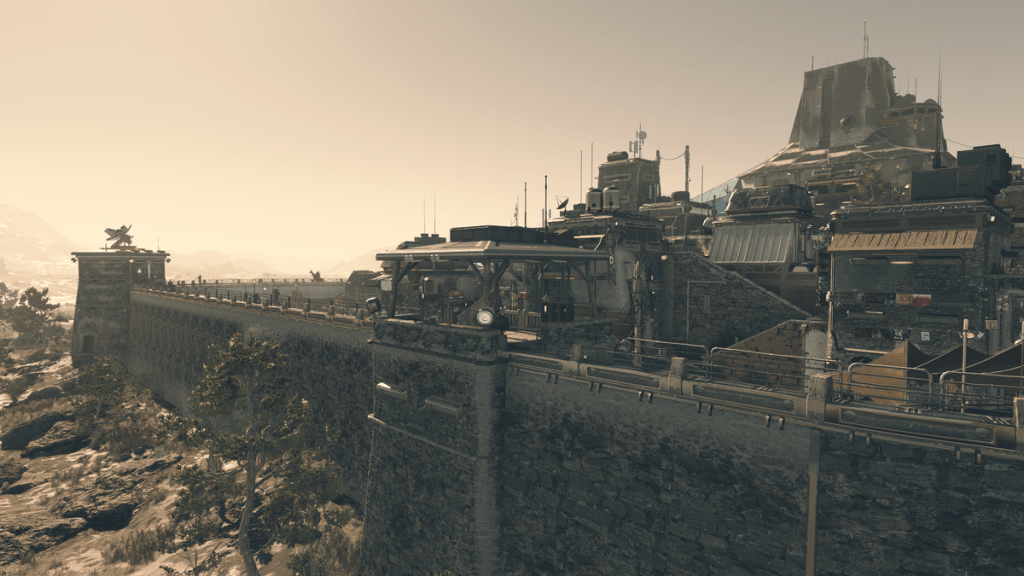



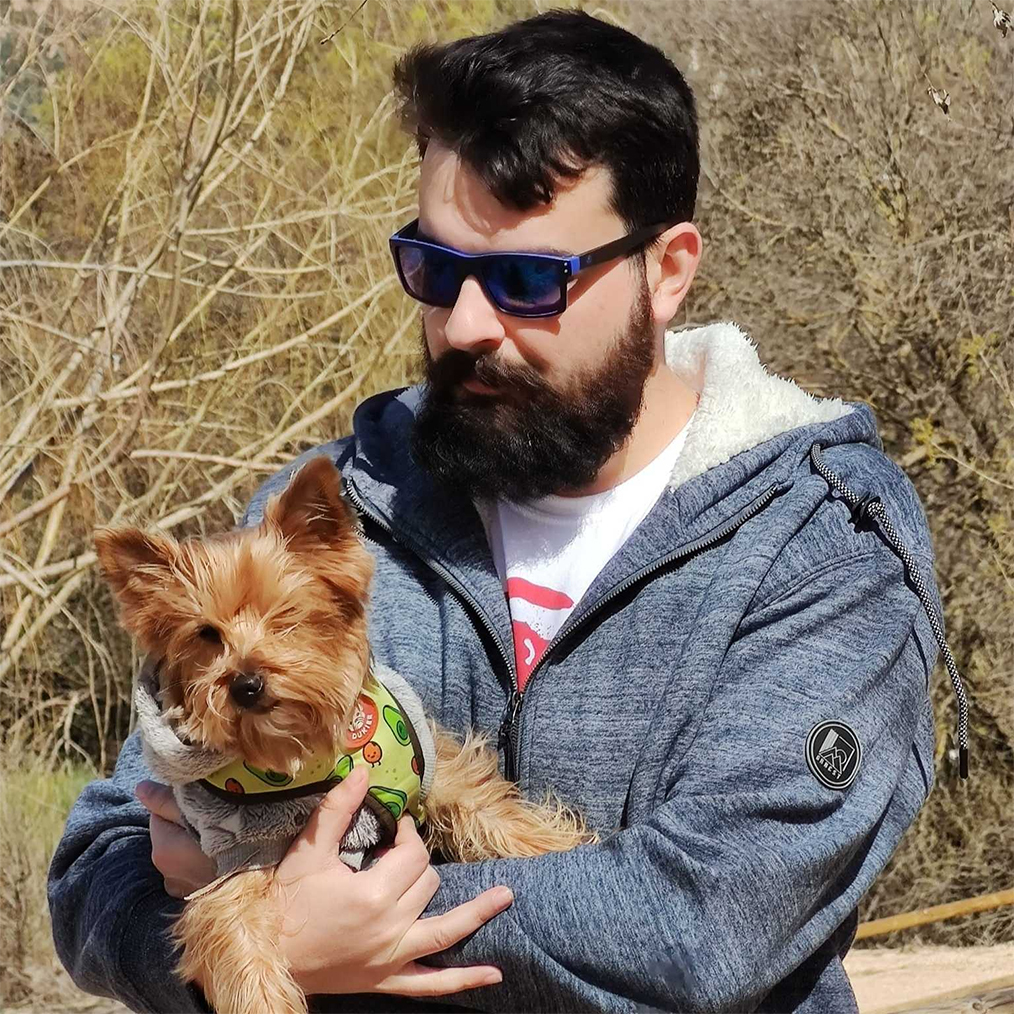
Published: Sep 1, 2023 09:00 am